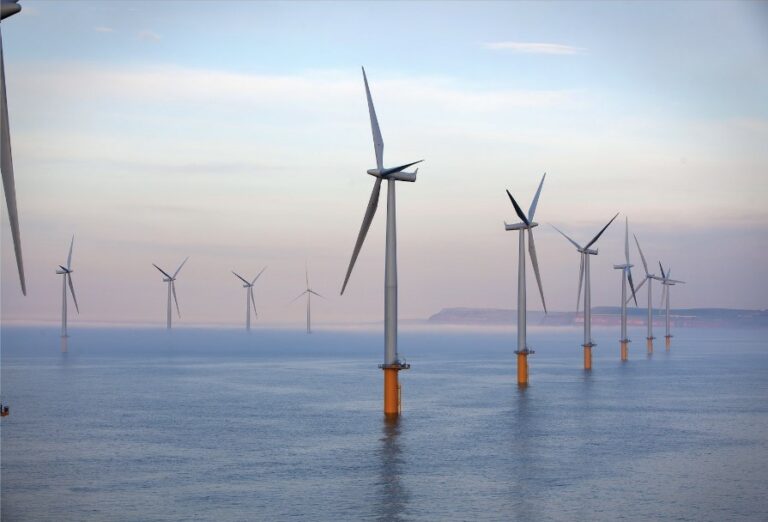Final Environmental Impact Statement Issued for Offshore Wind Projects
The Bureau of Ocean Energy Management (BOEM) recently disclosed the final environmental impact statement for two offshore wind projects by Atlantic Shores, located off the Long Beach Island coast. This announcement came a week before the statement’s public release, marking a significant step ahead of summer.
Atlantic Shores Offshore Wind combined the construction and operations plan for both projects into a single submission for BOEM’s evaluation. The final EIS will be made available from May 31.
The projects entail the construction of up to 200 total turbines in a lease zone that spans roughly 102,124 acres and is around 8.7 miles off the Jersey coast at its nearest point. The combined proposal also includes about 10 offshore wind substations with subsea transmission cables potentially landing in Atlantic City to the south and Sea Girt in the north.
“We are encouraged to see forward progress and getting another step closer to delivering New Jersey’s first offshore wind projects,” stated Joris Veldhoven, CEO of Atlantic Shores Offshore Wind. He went on to acknowledge the “milestone” in reaching New Jersey’s goal of 100% clean energy by 2035.
Atlantic Shores has selected Creamer-Jingoli, a joint venture between J. Fletcher Creamer & Son Inc. and Jingoli, to engineer and design the onshore underground cable route for one of the projects. The initial contract covers detailed design for the 12 miles of underground infrastructure running from the project’s landfall in Atlantic City to the point of interconnection in Egg Harbor Township.
Creamer-Jingoli will also assist with environmental sampling, field surveys, subsurface utility engineering work, and site preparation for the duct bank installations that will house cables connecting offshore wind energy to the state’s electric grid.
The first Atlantic Shores project is expected to deliver 1,510 megawatts of clean energy, powering over 700,000 homes and contributing nearly $2 billion to the New Jersey economy.
However, not everyone is thrilled with the developments. Congressman Jeff Van Drew issued a statement expressing his dissatisfaction, accusing BOEM of recklessly pushing forward with these projects. Van Drew suggested that offshore wind has “no place in South Jersey” and vowed to continue opposing these projects.
He referenced Ørsted’s decision in October 2023 to cancel its Ocean Wind 1 project, the state’s first offshore wind farm, and a planned second project. The company began onshore construction at Island Beach State Park and the decommissioned Oyster Creek Nuclear Generating Station, later citing market conditions, supply chain issues, project delays, and rising interest rates as reasons for the cancellation.
Original Story at www.thesandpaper.net
